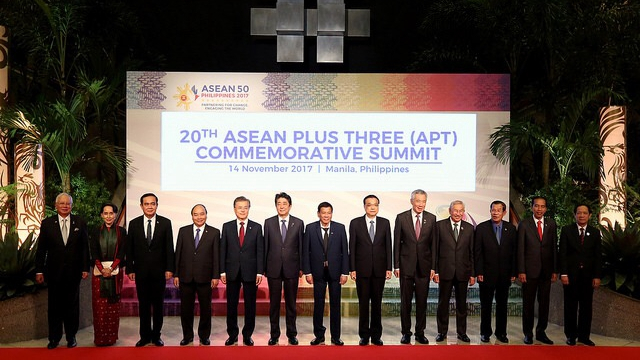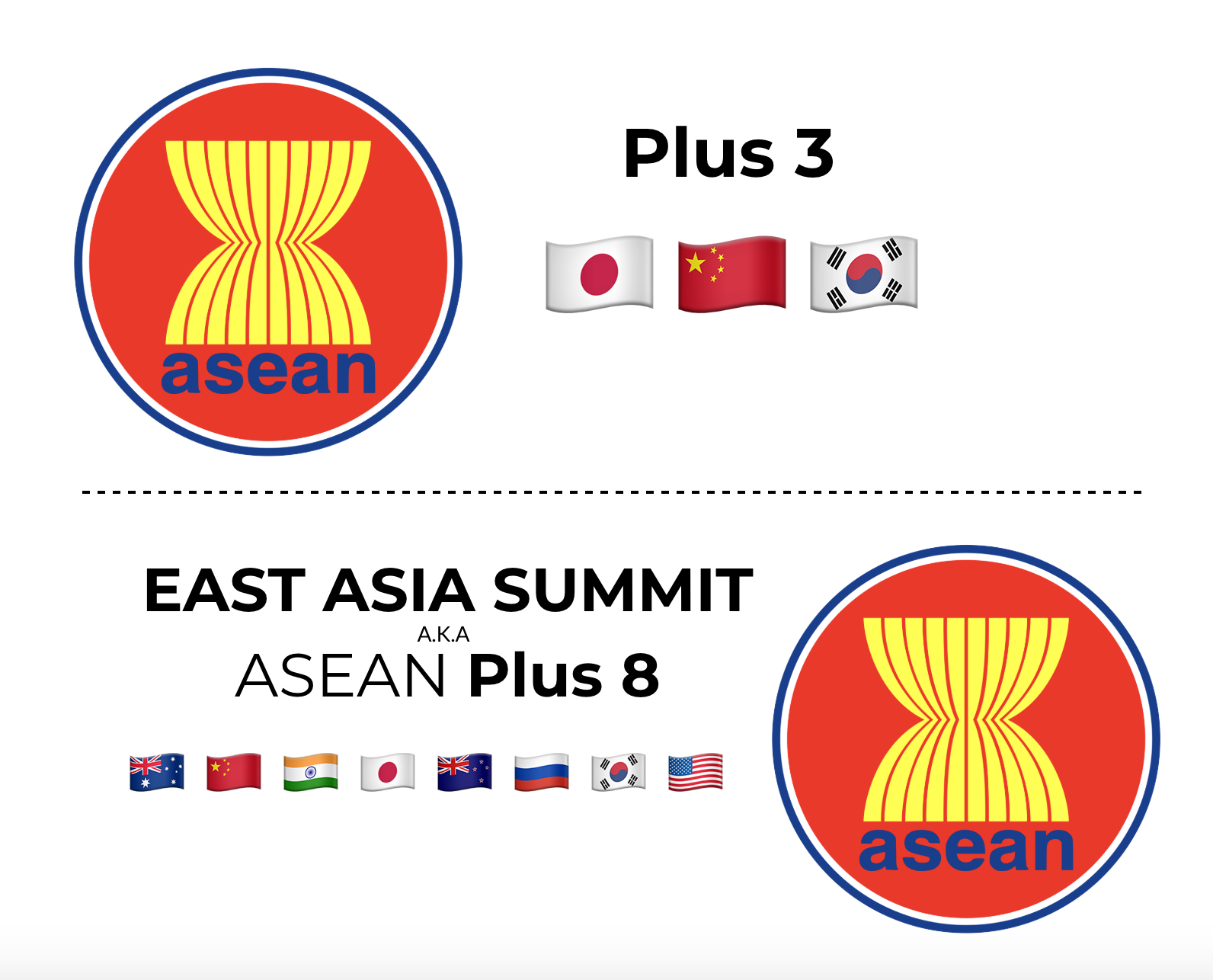
Politics
23:00, 12-Nov-2018
A primer on ASEAN and its many meetings
Updated
22:32, 15-Nov-2018
By Miro Lu

The annual summit of the 10 members of the Association of Southeast Asia (ASEAN) is perhaps the most important regional meeting of the year, and arguably the most confusing. While the regional organization holds conferences all year long, the closing summit, usually at the end of the year, is lauded as the most important one.
This week, ASEAN will hold a five-day summit with their international counterparts including, but not limited to, China, Japan, Russia, and the US.
Chairmanship of the year-long meetings rotates among its members, with Singapore in the seat this year. Thailand will officially take over the chairmanship at the end of this week's summit.
At the annual gathering, the world leaders discuss both regional issues of global importance, and international issues that faces the region. That is the big meeting. Also called the ASEAN Summit. Happening on the sidelines, however, are splinter dialogues like the ASEAN Economic Community (AEC) Council, the ASEAN Plus Three (APT) and, the East Asia Summit (EAS) – also known as the ASEAN Plus Eight.

ASEAN Plus Three
One of the fringe meetings is the ASEAN Plus Three, or the APT, which groups the 10 ASEAN members along with China, Japan, and South Korea.
Born from the 1997 Asian financial crisis, and largely driven by Malaysia's Prime Minister Mahathir Mohamad when he was in power the first time, the ASEAN Plus Three was designed to deal with regional economic problems.
The idea was that Asia should deal with its own financial problems. They did not want to rely on the World Bank or the International Monetary Fund (IMF), both of which are Western-led.
East Asia Summit
The East Asia Summit (EAS) began with the ASEAN Plus Six formula, which included the 10 Southeast Asian members and Australia, China, India, Japan, New Zealand, and South Korea. In 2011, the US and Russia joined the grouping.
The EAS began in 2005. Every year, participating nations meet for lunch, which is succeeded by a two-hour discussion about pervasive problems in the region.
History of ASEAN
In 1967, the foreign ministers from Indonesia, Malaysia, Singapore, Thailand, and the Philippines gathered in the main hall of Thailand's Department of Foreign Affairs building. There, they signed the ASEAN declaration.
The organization was formed right at the end of Indonesia's policy of confrontation – widely known as Konfrontasi.
Indonesia was led by President Sukarno at that time. He opposed the merging of Singapore and Malaysia. Under his leadership, the country carried out armed incursions, including several bombings, in the city-state of Singapore.
ASEAN was formed to prevent that from happening again, and to oppose Communism at the time of the Cold War. The birth of the 10-member association was a result of member states seeking to band together so their voices can echo louder in the international community.
The group openly said they will never become a military alliance, and was built on three key beliefs: national sovereignty, no use of force, and non-interference in each other's domestic affairs.
Unlike the North Atlantic Treaty Organization (NATO), or the UN, ASEAN stresses peace with others, rather than peace against others.
(Top image: A group photo of ASEAN leaders during the 20th ASEAN Plus Three Commemorative Summit, Nov. 14, 2017. /Photo from asean.org)

SITEMAP
Copyright © 2018 CGTN. Beijing ICP prepared NO.16065310-3
Copyright © 2018 CGTN. Beijing ICP prepared NO.16065310-3